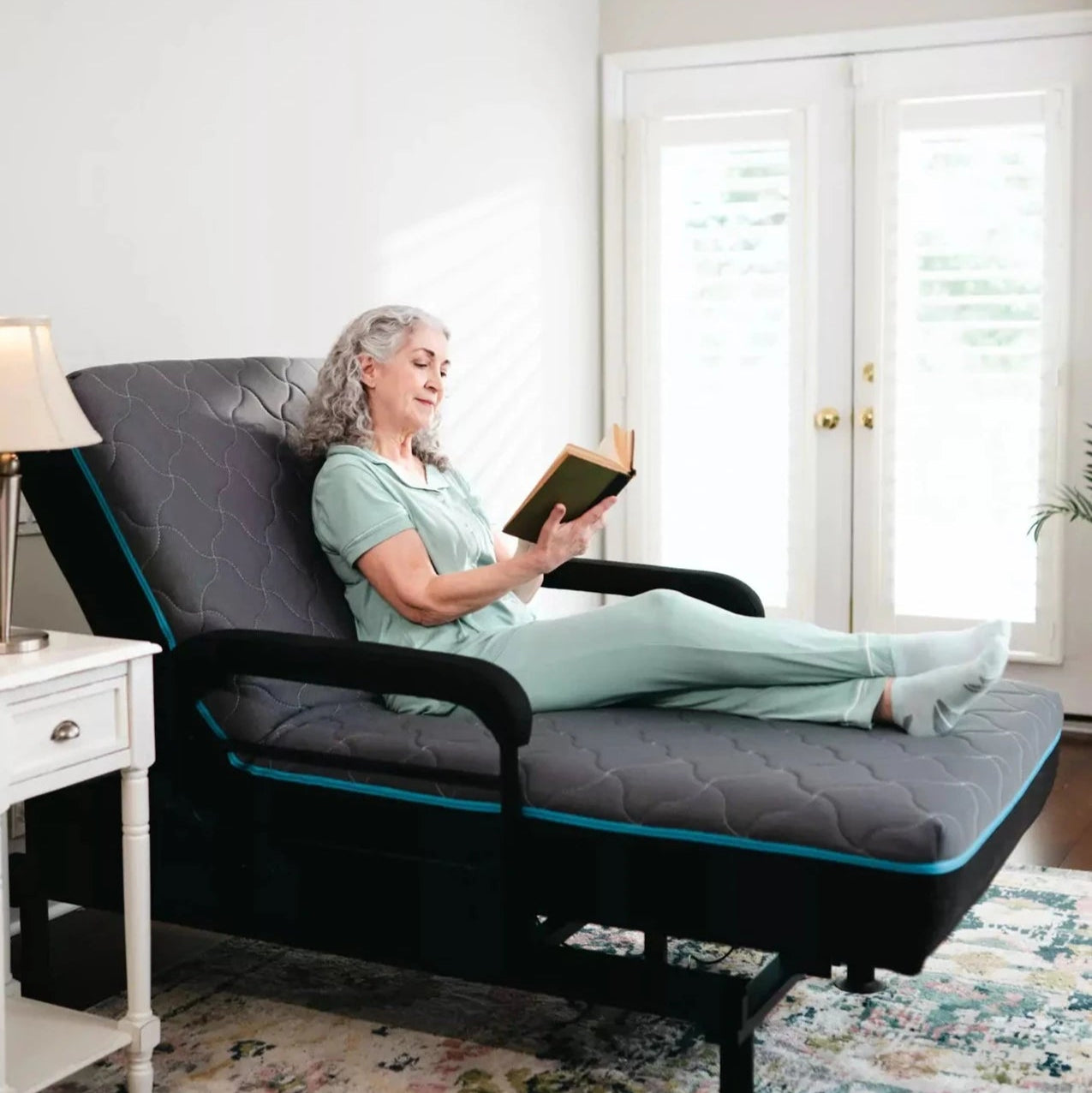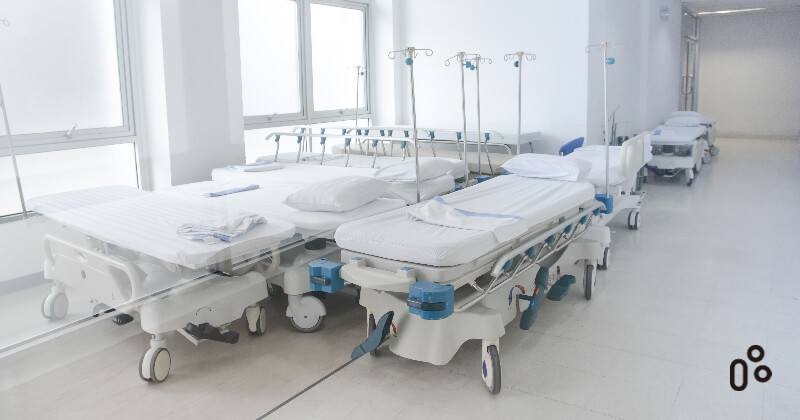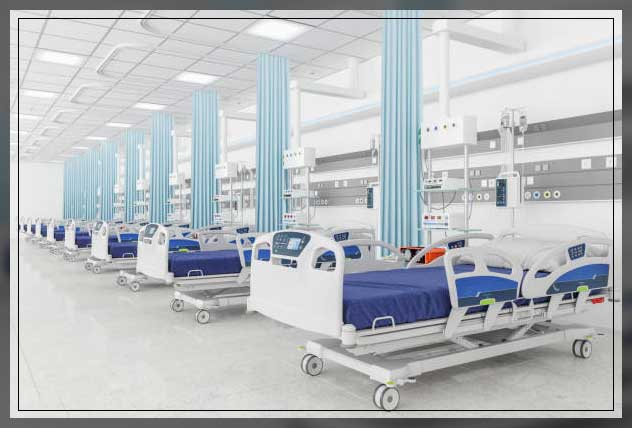Hospital Beds For Home Use Fundamentals Explained
Hospital Beds For Home Use Fundamentals Explained
Blog Article
6 Easy Facts About Hospital Beds For Home Use Described
Table of ContentsHospital Beds For Home Use Can Be Fun For EveryoneA Biased View of Hospital Beds For Home UseEverything about Hospital Beds For Home UseRumored Buzz on Hospital Beds For Home UseMore About Hospital Beds For Home UseThe 9-Minute Rule for Hospital Beds For Home UseAll About Hospital Beds For Home Use
There are 3 primary types of healthcare facility beds: guidebook, semi-electric, and fully-electric. These beds utilize hand cranks to readjust the bed's elevation and raise and lower the head and the foot.
Semi-electric beds have an electrical motor to elevate and reduce the head and foot parts of the bed (hospital beds for home use). Full-electric beds have an electrical motor that can increase the head and foot areas of the bed as well as the entire elevation and positioning of the bed.
Little Known Facts About Hospital Beds For Home Use.
There are numerous kinds of hospital beds, each created to meet particular client demands. Here are some common kinds: This is the most common type of medical facility bed, created for basic clinical usage.
Lower to the ground than a basic bed. This kind of bed is designed for larger clients, with a bigger structure and greater weight ability than a common bed. This kind of bed is created particularly for kids, with smaller sizes than a conventional bed. Unique features such as full size side rails and cartoon style.
This sort of bed is developed for seriously sick patients that need open tracking and specialized clinical tools such as ventilators and mixture pumps. This type of bed is developed for usage throughout labor and distribution, with flexible placements and attributes to sustain the mommy and child during the birth procedure.
10 Simple Techniques For Hospital Beds For Home Use
Several feature and the devices carry out broadening traction to different components of the vertebra and the extremities without moving the body. These are simply a couple of instances of the kinds of healthcare facility beds available. The specific kind of bed used will rely on the client's condition, medical needs, and various other aspects.
Here is the point you require to understand. A one-function medical facility bed is a clinical bed that allows a person to relocate just the head or foot area up or down. A 2 function hospital bed commonly refers to a type of medical bed that has two flexible functions to help patients in medical facilities or treatment facilities.

Hospital Beds For Home Use - Questions
A 7-function ICU bed is a type of medical bed that supplies numerous adjustable functions to support seriously ill individuals in a critical care unit (ICU) (hospital beds for home use). The 7 functions generally include: Back-rest change: The backrest can be changed to various angles to assist the client rest up or rest easily
Elevation change: The bed can be elevated or lowered internet to make it much easier for individuals to enter and out of bed, and for caretakers to offer treatment. Trendelenburg position: The entire bed can be tilted to promote blood circulation and flow in the body. Reverse Trendelenburg position: The bed can additionally be tilted in the contrary direction to advertise blood flow and blood circulation in the upper body.
1. What Size is a Hospital Bed? 2. Just how much Does a Hospital Bed Cost? 3. Why Do Health Center Beds Have Side Bed Rails? 4. What Are The Key Healthcare Facility Bed Components?. While more economical than electric designs, these beds need exertion for changes. The primary benefits of hand-operated beds are their price and integrity, as they don't rely on electricity. The need for hands-on initiative can be a constraint in circumstances where fast modifications are required or where caregivers deal with physical difficulties.
All about Hospital Beds For Home Use
Semi-electric hospital beds offer a balance of manual and electrical controls. These beds provide a suitable center ground between manual and fully electrical options, providing convenience of usage without the full expense of electric versions.
Semi-electric beds are appropriate for people that require moderate modifications to the head and foot areas but can take care of without frequent elevation changes. This makes them an affordable option for those seeking comfort and ease without the demand for constant repositioning. Fully electric health center beds include electric controls for seamless adjustments to the elevation, head, and foot sections.
Specialized hospital beds, such as ICU beds, lasting care beds, and bariatric beds, are meticulously made to deal with specific medical needs. These beds use tailored look after diverse patient groups, boosting both outcomes and convenience. In the complying with sections, we will certainly discover the main kinds of specialized healthcare facility beds, describing their specific advantages and applications.
With years linked here of experience in manufacturing electric linear actuators - hospital beds for home use and close partnership with the medical care market, TiMOTION is well-positioned to provide dependable healthcare options. Our up and down integrated business manages every step of the manufacturing procedure, from design to actuator setting up, guaranteeing we deliver phenomenal value and customized services customized to your certain demands
The Definitive Guide for Hospital Beds For Home Use

To learn even more about incorporating these technologies right into your products, call us today. Further analysis:.
Data is sourced from the Medicare Cost Record. Accessed January 2025. Short-term acute care health centers have the highest average number of beds at 187. They are the most common kind of healthcare facility in the united state and compose even more than 50% of U.S. medical facilities. Children's hospitals have 178 beds typically and VA medical facilities ordinary 175 beds.

Facts About Hospital Beds For Home Use Revealed
A healthcare facility bed is a bed made especially for clinical functions. It is not only a place for patients to relax, yet likewise a system for medical operations. Unlike common home beds, healthcare facility beds normally have adjustable features, which can help with clinical team to make different modifications according to the needs of people, such as transforming the height, disposition, and support angle of the back and legs of the bed.
Report this page